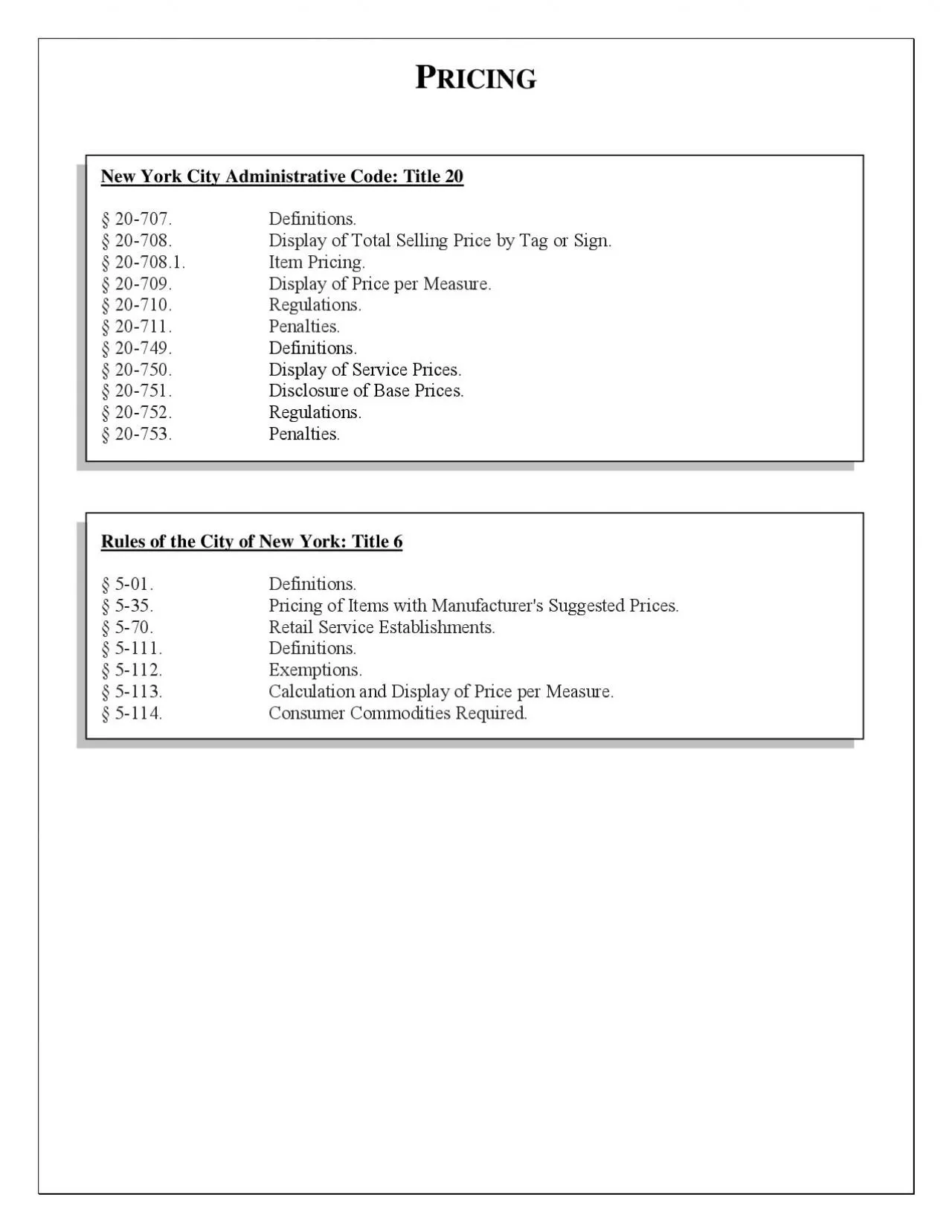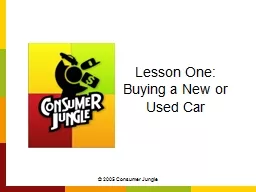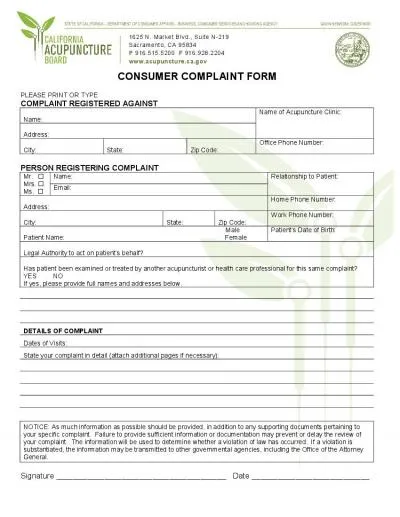PDF-RULES OF THE CITY OF NEW YORKTITLE 6 DEPARTMENT OF CONSUMER AFFAIRSCHA
Author : eleanor | Published Date : 2021-09-26
Note New York City businesses must comply with all relevant federal state and City laws andrules All laws and rules of the City of New York including the Consumer
Presentation Embed Code
Download Presentation
Download Presentation The PPT/PDF document "RULES OF THE CITY OF NEW YORKTITLE 6 DEP..." is the property of its rightful owner. Permission is granted to download and print the materials on this website for personal, non-commercial use only, and to display it on your personal computer provided you do not modify the materials and that you retain all copyright notices contained in the materials. By downloading content from our website, you accept the terms of this agreement.
RULES OF THE CITY OF NEW YORKTITLE 6 DEPARTMENT OF CONSUMER AFFAIRSCHA: Transcript
Download Rules Of Document
"RULES OF THE CITY OF NEW YORKTITLE 6 DEPARTMENT OF CONSUMER AFFAIRSCHA"The content belongs to its owner. You may download and print it for personal use, without modification, and keep all copyright notices. By downloading, you agree to these terms.
Related Documents














